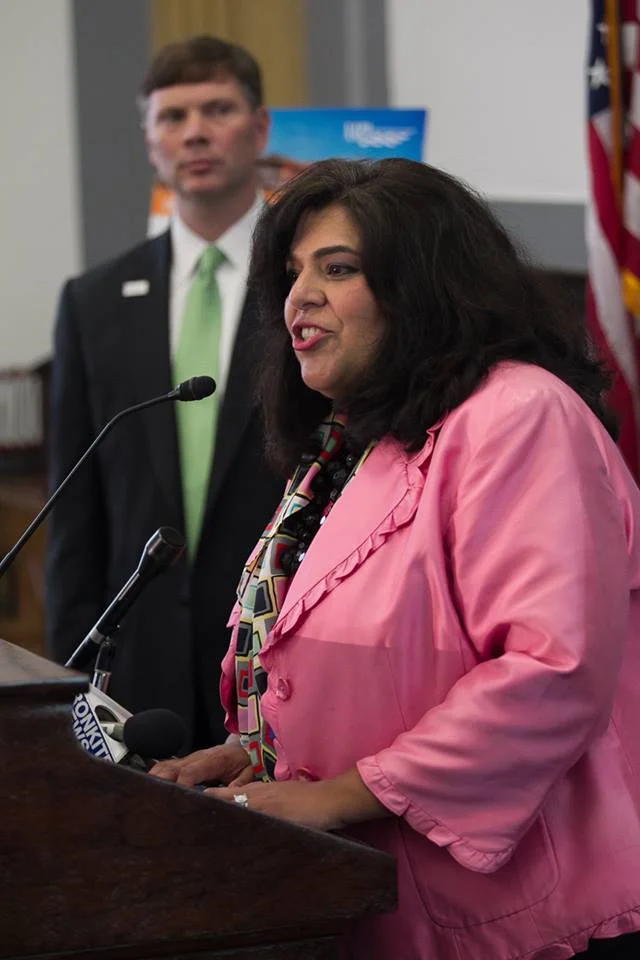On November 11, the Department of Interior's Bureau of Land Management finalized the long-awaited Methane and Waste Prevention Rule. The following is a statement from Camilla Simon, Executive Director of Hispanics Enjoying Camping, Hunting, and the Outdoors (HECHO) in support of this announcement.
Read MoreOn October 25, the Bernalillo County Board of Commissioners resolved to support the Bureau of Land Management’s rule to charge royalties on wasted methane—the primary component of natural gas—on federal and tribal lands. The resolution addresses the serious problem of methane waste, which is impacting state revenues, harming the environment and threatening the health of New Mexicans.
Read MoreThe Latino Conservation Alliance released the following statement upon the introductions of Latino Conservation Resolutions in the US House of Representatives and Senate.
Read MoreThere’s no doubt that the oil and gas sector is an essential source of jobs and revenue to the state of New Mexico. It is a critical part of our economy. At the same time, New Mexico can’t afford to tie its fiscal health, and the welfare of our schools, colleges, and universities to the boom-and-bust cycles of fossil fuel markets.
Read MoreThe Latino community needs to be represented in conversations, forums, and formal consultations that are helping shape the next 100 years of our public lands. Our communities’ heritage, inter-generational wisdom, values and practices should be incorporated into the vision and implementation of public lands management plans.
Read MoreDecision-making about where to drill typically excludes diverse stakeholders, including Latino communities that hunt, fish, camp, and use public lands. As a result, our access to public lands for recreation, subsistence, education, and traditional cultural uses are impeded. And, worse yet, sometimes the landscape, wildlife, or water is irreparably damaged.
Read MoreAn example of good planning and incorporating diverse voices in the management of public lands can be seen in the Heritage Area in Yuma, Arizona on the border with the state of California. In this area, adjacent to the Colorado River, wetlands have been restored and space has been created for family life and contact with nature. Development and management of the project has had major participation from Latino communities who have lived in the area for generations and know, inhabit, and have close links with the region. Today, we are proud of this space where natural beauty, conservation, cultural traditions and recreational spaces are merged.
Read MoreThe Centennial of the National Park Service is a time for all Americans to celebrate, enjoy, and engage in the conservation of our nation’s public lands. It is also a time to call upon federal government agencies to engage multicultural communities, including the Latino community, in the decision-making process and management of public lands to reflect the diversity and changing cultural landscape of America.
Read MoreOne way to get involved in the management of our public lands is through Resource Advisory Councils (RACs), and the Bureau of Land Management (BLM) has established 31 of them in the western states. What makes RACs unique is that they are required to be made up of community members who represent various backgrounds and experiences.
Read MoreIndependence Day is a time to reflect on our freedom and outdoor traditions. We are lucky to have vast public lands that belong to every American, and we are proud to protect these lands for future generations.
Read MoreThe methane also creates harmful smog, which has increased asthma attacks and aggravated lung diseases, especially devastating the state’s Latino population, which is three times more likely to die from asthma than any other racial or ethnic group. Fortunately, we are now on a better path.
Read MoreLast week brought some very good news for New Mexicans. In a unanimous ruling, the San Miguel County Board of Commissioners resolved to support the Bureau of Land Management’s rules to charge royalties on wasted methane – the primary component of natural gas – on federal and tribal lands.
Read MoreThe Ulibarri side of my family was one of the original 36 families that settled in Las Vegas, New Mexico and my mother’s side of the family is a mix of Apache and French Canadian (as a result of the cavalry in southern New Mexico). Our ancestry and heritage is assimilated from the Native American community, so we see ourselves as caretakers of the land, not owners. Indigenous DNA runs through us and makes us uninterested in developing or exploiting the land. The land is sacred. The blood from my father’s umbilical cord is soaked into this land and his mother before him and her mother before that.
Read MoreRaul Morales, Deputy State Director for Natural Resources, Lands and Planning, Nevada State Office of the Bureau of Land Management discusses Latino engagement when managing public lands, finding a good balance between conservation and development, and working in a federal leadership position.
Read MoreOn March 3rd in Santa Fe, I sat on a Sustainable Recreation panel for the USDA Forest Service Southwestern Regional Chief’s Review. Sustainable recreation is a concept used to describe managing our public lands so that all Americans can receive the benefits of outdoor recreation today and in the future. It was an interesting panel, intentionally structured to showcase a variety of perspectives of how to maximize existing, but untapped, opportunities, increase diversity, and effectively leverage partnerships.
Read MoreLupe Huerena and his daughter Alexis Stack discuss growing up hunting, fishing, and camping and how these activities have shaped their relationship, lives, and traditions. They also discuss how these outdoor activities forge a connection between person and land, and how protecting these vital resources for our future generations is paramount to the way we live.
Read MoreOn February 16th, the Bureau of Land Management (BLM) held a public hearing in Farmington, NM on their proposal to update regulations to address the wasteful release of natural gas into the atmosphere from oil and gas operations on public and Tribal lands. HECHO Board member Kent Salazar attended the hearing and discusses the diversity of people supporting the rule, from Tribal people, people of faith, elected officials, and enviros. The oil and gas industry made a showing, but their economic arguments were not valid; we must do a better job in the future of informing local officials and industry workers as to the economic benefits of capturing natural gas on public and Tribal lands.
Read MoreThroughout 2015, we interviewed each of our Advisory Board members and posted them on our blog to help our community get to know them. We discussed their upbringings, their experiences in the outdoors, their jobs, and more. Today we’re sharing snippets of their inspiring stories.
Read MoreThe Bureau of Land Management (BLM) is proposing to update its regulations to address the wasteful release of natural gas into the atmosphere from oil and gas operations on public and American Indian lands.
There will be a public hearing to weigh in on the proposal in Farmington on Tuesday, February 16th at 1:00 pm. Can we count on you to come?
Read MoreEnjoying the outdoors naturally makes you want to conserve these resources so we can all continue enjoying them. And you don’t need to be in northern or rural Arizona to experience that with more and more city parks now including urban fishing and urban lakes. What good way to bring increased awareness of being outdoors and enjoying our natural resources. And for Latinos especially, it is important to keep public lands in public hands since this is where so many rich family traditions were created.
Read More




















